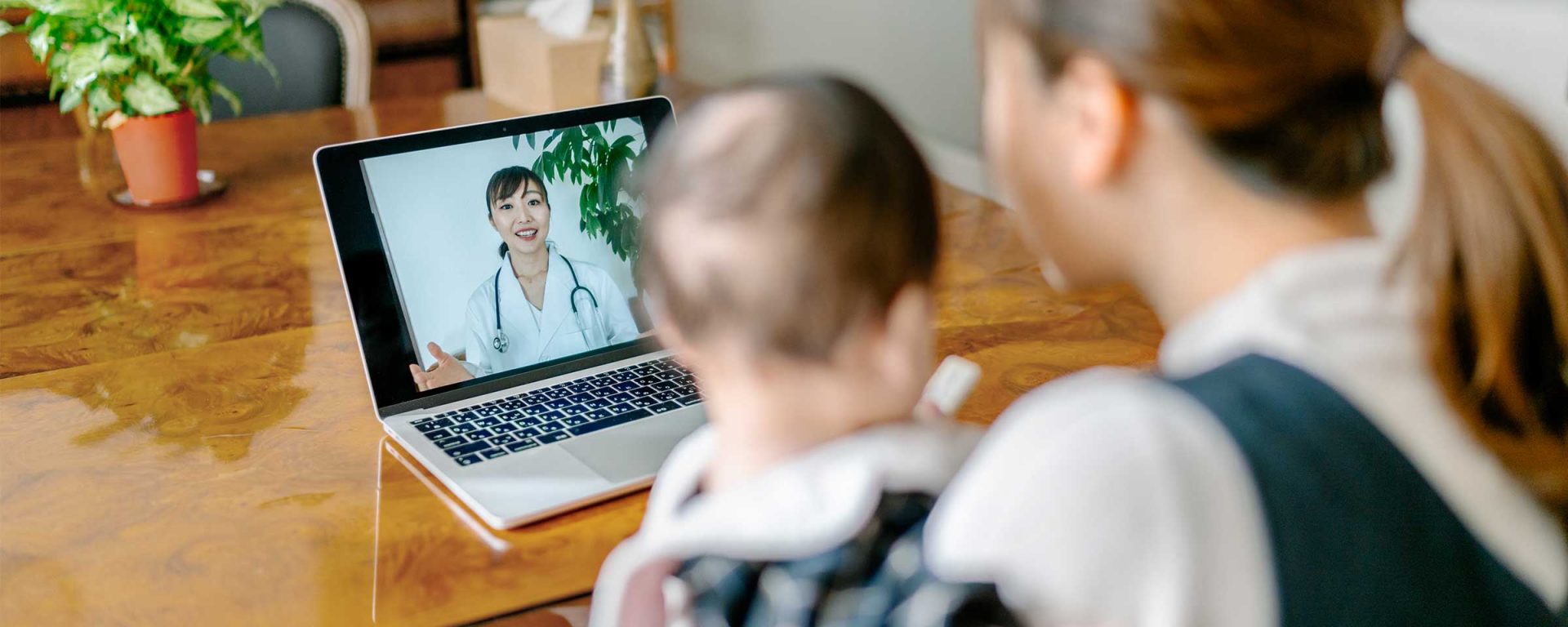In the rapidly changing digital world, technology is making a difference. It’s transforming every industry. Making change possible. Opening up opportunities. Providing people with the information they need. Nowhere is this truer than in healthcare. Technology is becoming an integral tool in how healthcare practitioners and educators work. They are using ehealth and telehealth to make a difference. But what exactly do these terms mean? What is ehealth? And telehealth, for that matter?
What is ehealth?
At its most basic, ehealth is the use of electronic systems to support healthcare delivery. People who work in ehealth tend to be those with IT and computer science skills. They help healthcare practitioners use electronic means to enhance and augment the service they give to patients. Some examples of ehealth include:
- Using electronic health records that can be transmitted online between services
- Utilising artificial intelligence to review scans
- Using 3D computing to devise suitable treatment plans
One example being researched by Charles Sturt academic and the Head of Machine Vision and Digital Health Research Group at the university, Associate Professor Paul Manoranjan, is the use of smart technology in the homes of elderly patients. He and his team are investigating how the use of smart wireless sensors, wireless communications and ambient intelligent system, makes it possible to create systems capable of measuring vital signs of the person in their own home. This data can then be transmitted online to healthcare providers who can adjust care regimes in response to the data.
What is telehealth?
Telehealth is in many way a component part of ehealth, but it is more focused on patient delivery. Let’s get a definition from Jacki Mansfield, who coordinates telehealth services at Charles Sturt’s Three Rivers University Department of Rural Health.
“Telehealth is the use of technology to provide appropriate healthcare and advice to those who may not have access to services. That could be due to distance, lack of transportation, or assistance to attend appointments.”
So telehealth focuses on harnessing the power of technological innovation to help people. This could include innovations such as:
- Video conferencing consultations
- Wearable or implanted health data tools
- Patients uploading images of conditions for review
- Electronic pill dispensers
What are the benefits of ehealth and telehealth?
Here are three ehealth and telehealth benefits that help patients and healthcare workers.
Access
Put simply, ehealth, and particularly telehealth enable more people to get the care they need. This is particularly important in rural and regional areas. These are the locations that tend to lack the most comprehensive health infrastructure, facilities and services. Technology can bridge that divide, particularly for those who can’t travel to access healthcare. It means that one of the biggest ehealth and telehealth benefits is greater healthcare equity.
Fortunately, the rise in the application of technology to healthcare is also coinciding with a rise in digital literacy. So more people will have the skills to access ehealth and telehealth services. This means, as Jacki Mansfield points out, a continuing use of telehealth in the future.
“The use of telehealth to deliver clinically appropriate healthcare and advice to those who may not have access to services is increasing every year.”
Efficiency
The use of technology can bring costs down in healthcare delivery. That’s because electronic methods don’t have the same infrastructure and overhead costs associated with physical facilities. It can also help make many time savings, which can have a direct impact upon patients. For instance, the ability for practitioners in different types of healthcare services to share patient info quickly online means interventions and treatment plans can be devised and implemented more quickly.
Ehealth also allows laboratories, researchers and providers to share information, discoveries and innovations more quickly.
Empowerment
Technology allows patients to have greater visibility of treatment options and avenues for patient care. They can also have access to the data about their own health. This means they become a more informed and active agent in their own care. They become empowered through information. Moreover, they become partners with their medical practitioners in deciding treatments and care strategies. Knowledge is power, indeed.
Transform healthcare and make a difference
Want to work at the cutting edge of ehealth and telehealth? Explore our allied health and information technology courses. Find your next step to creating a world worth living in.

